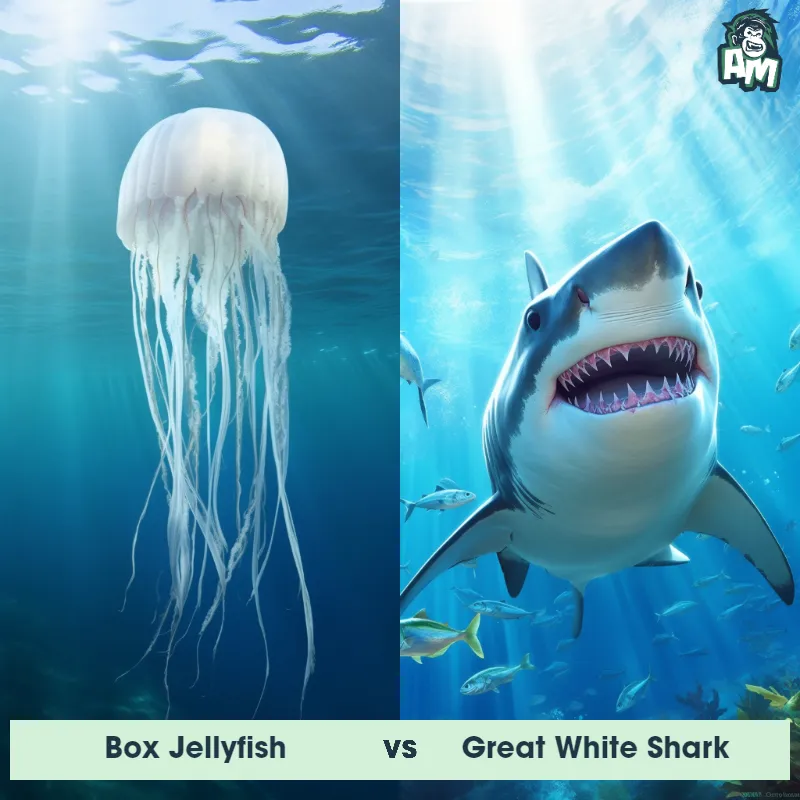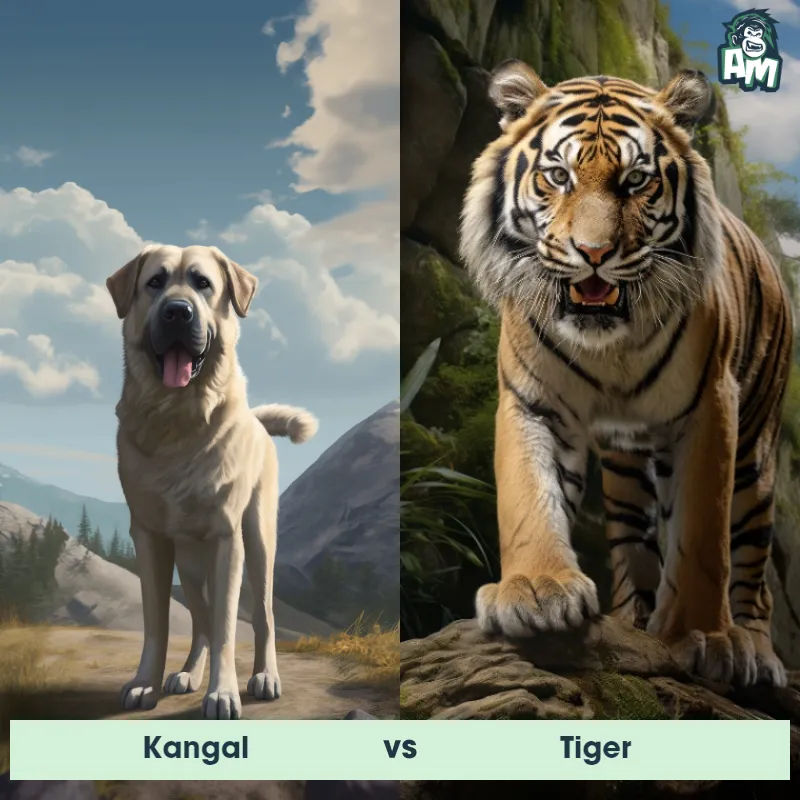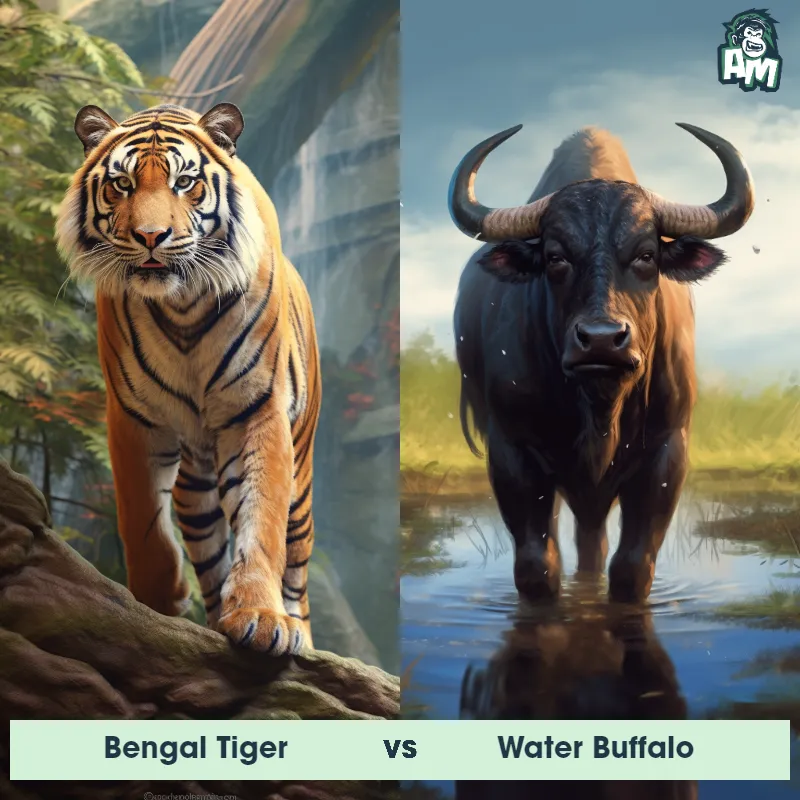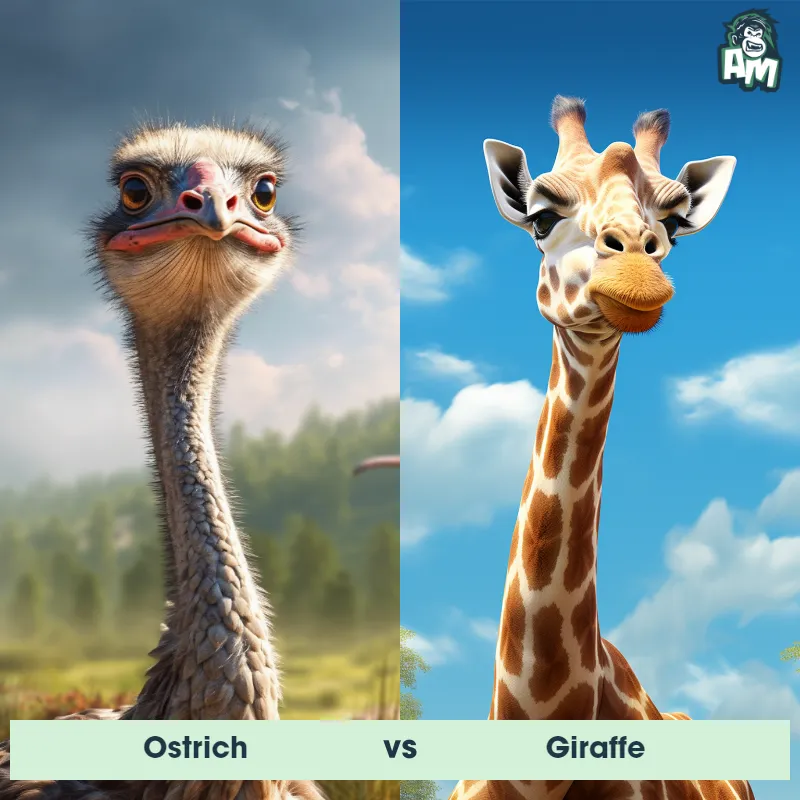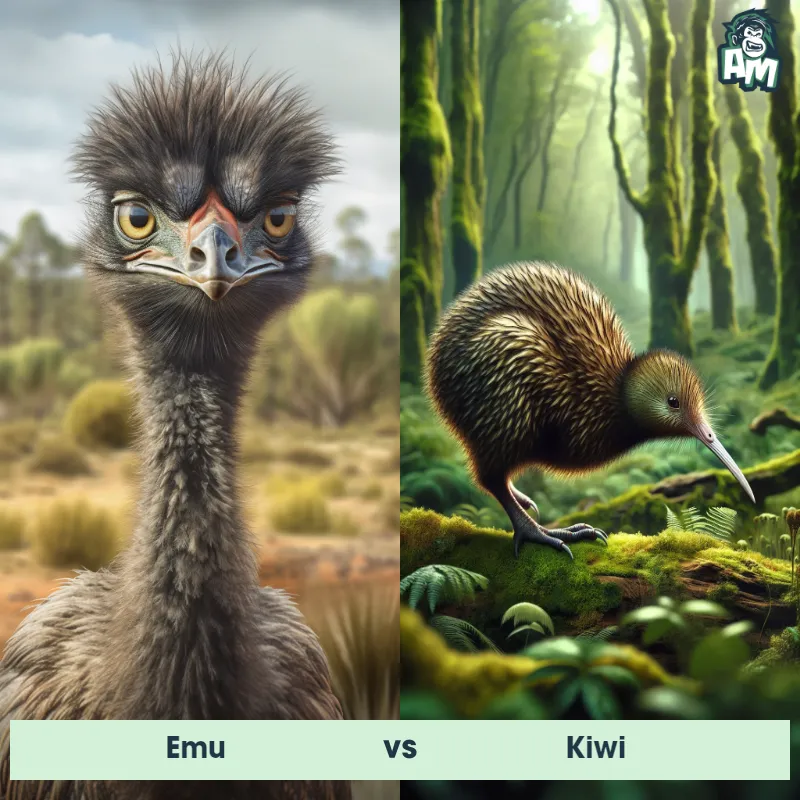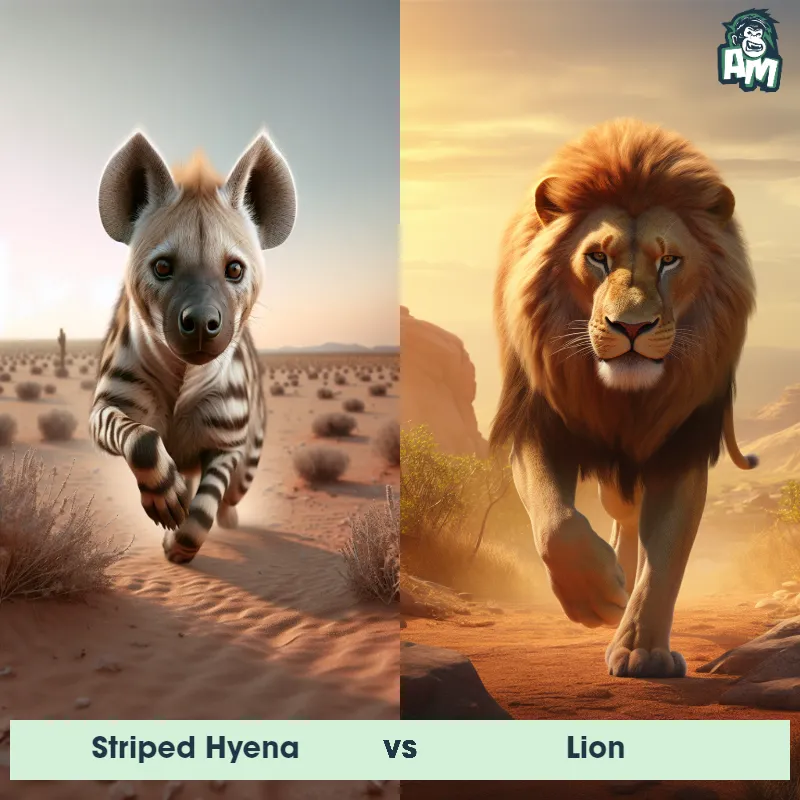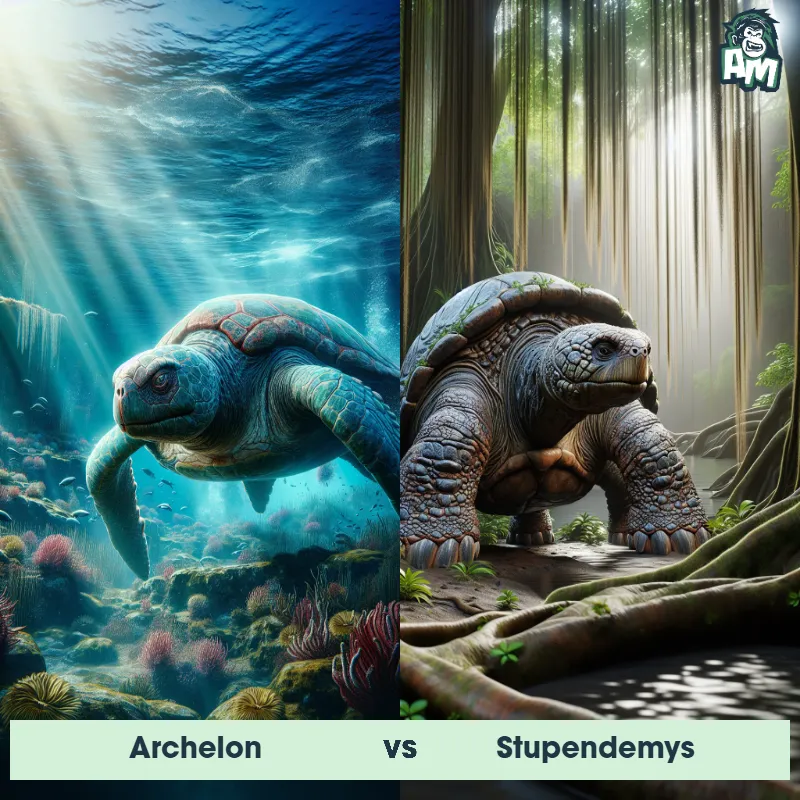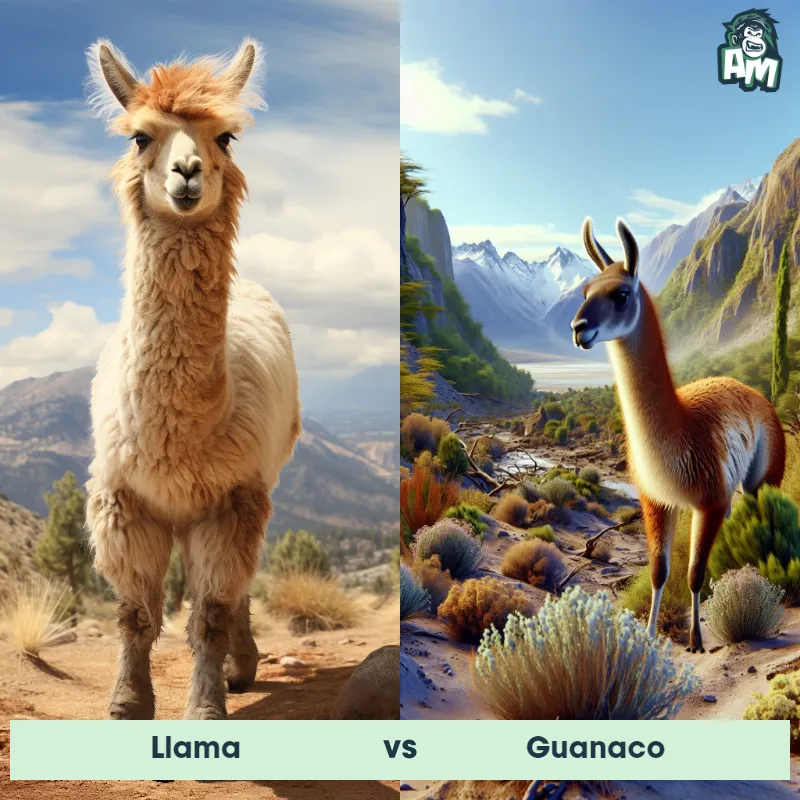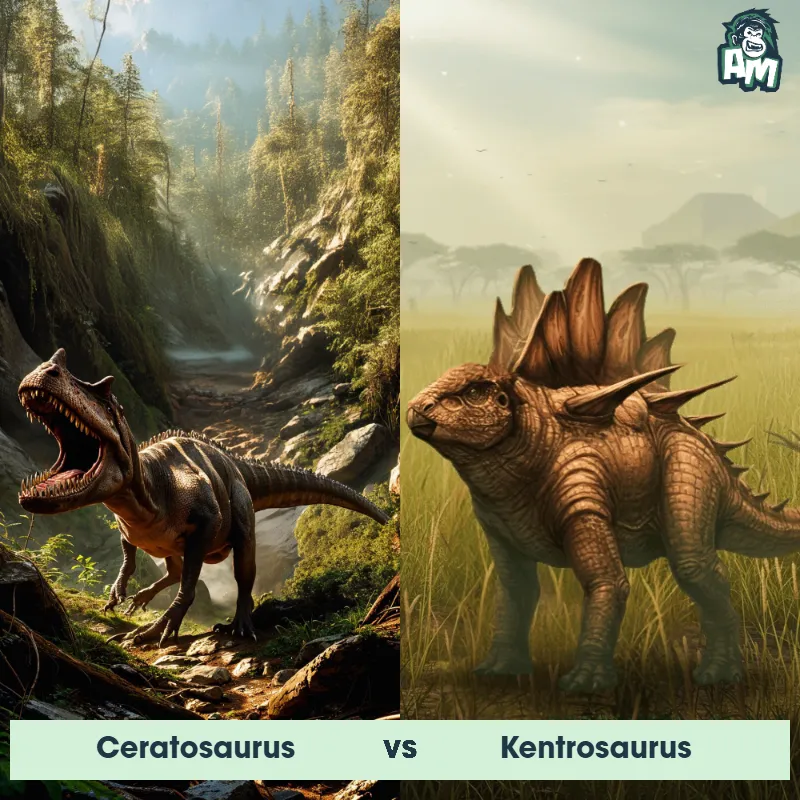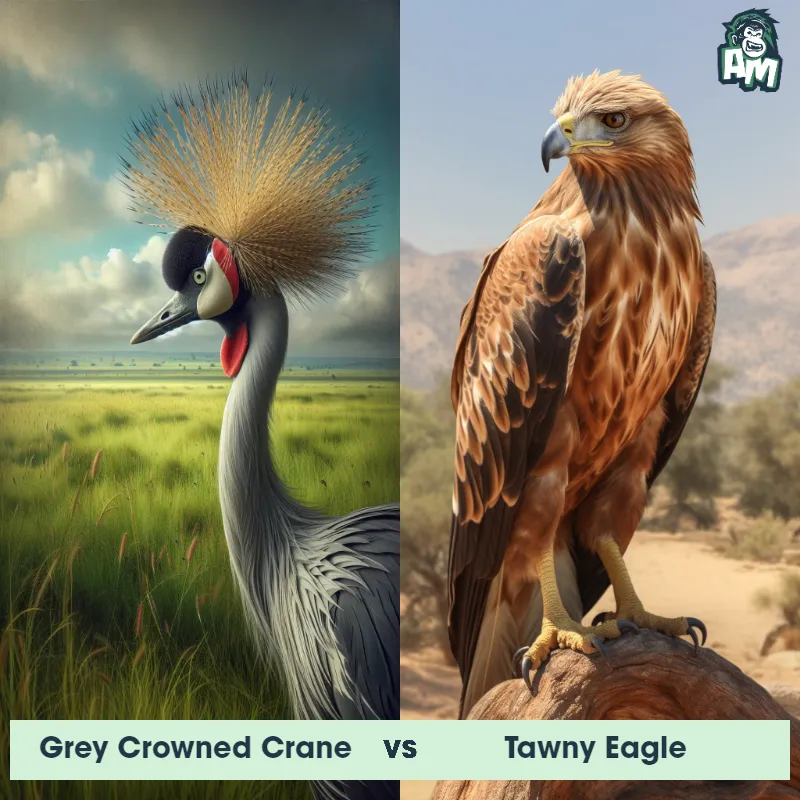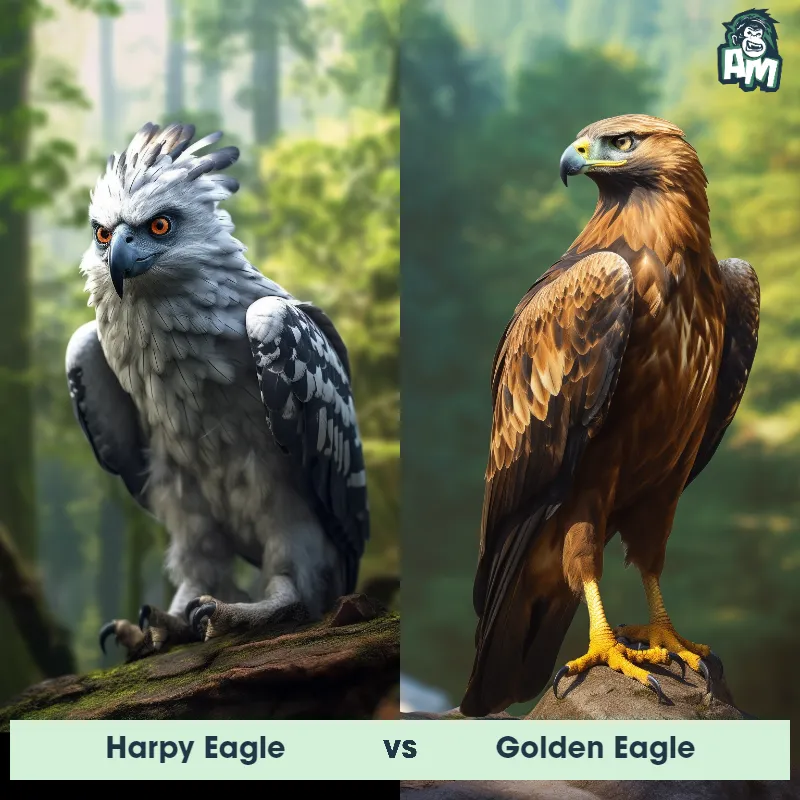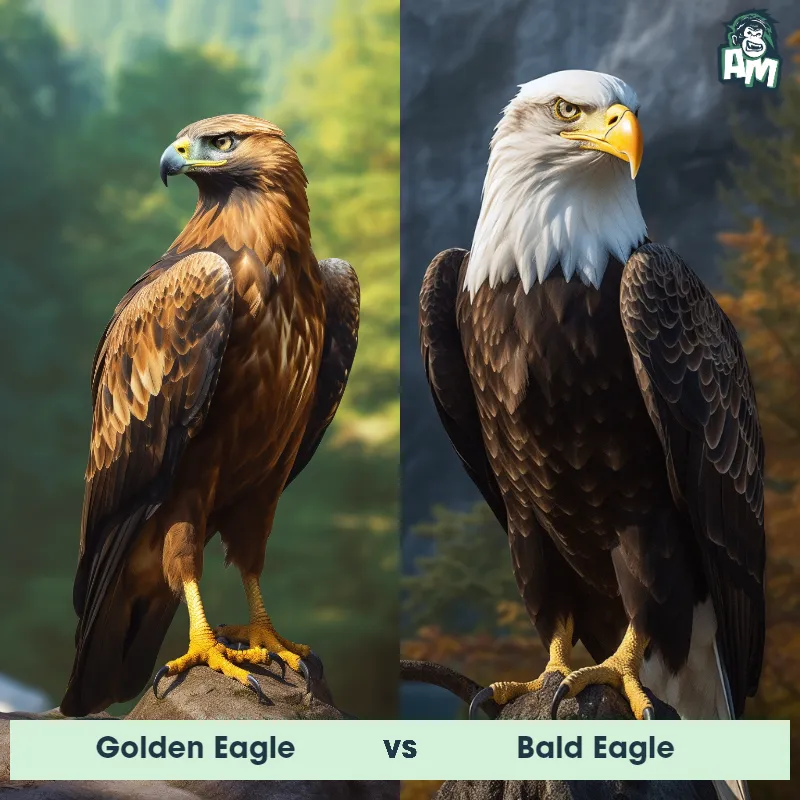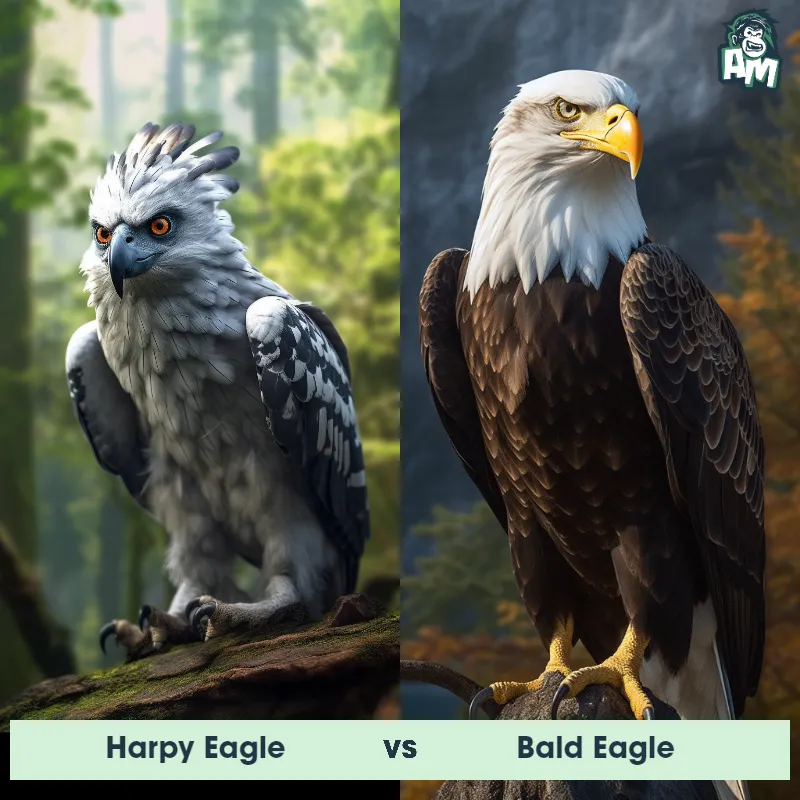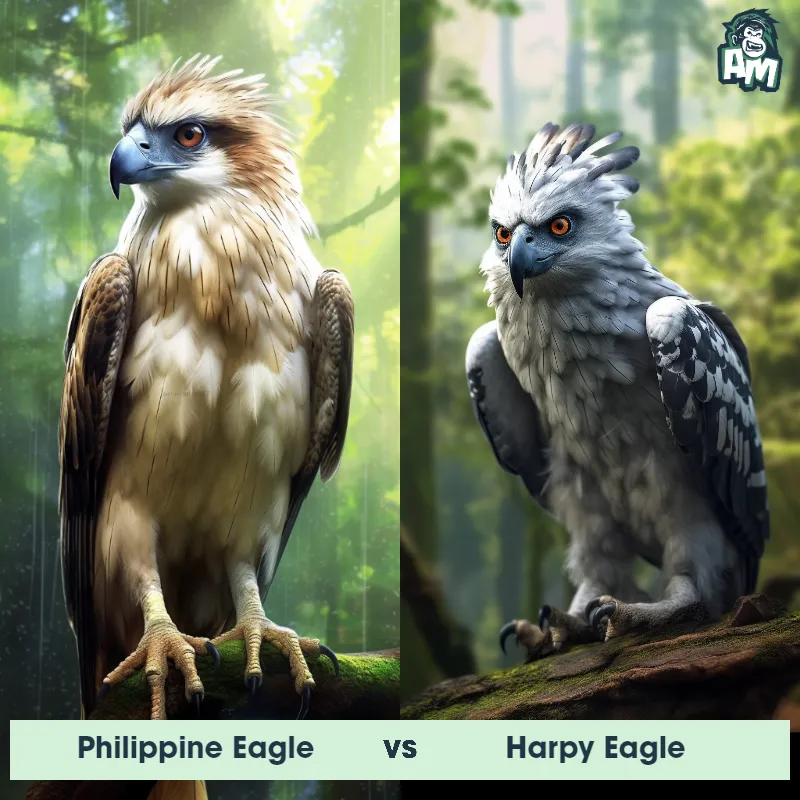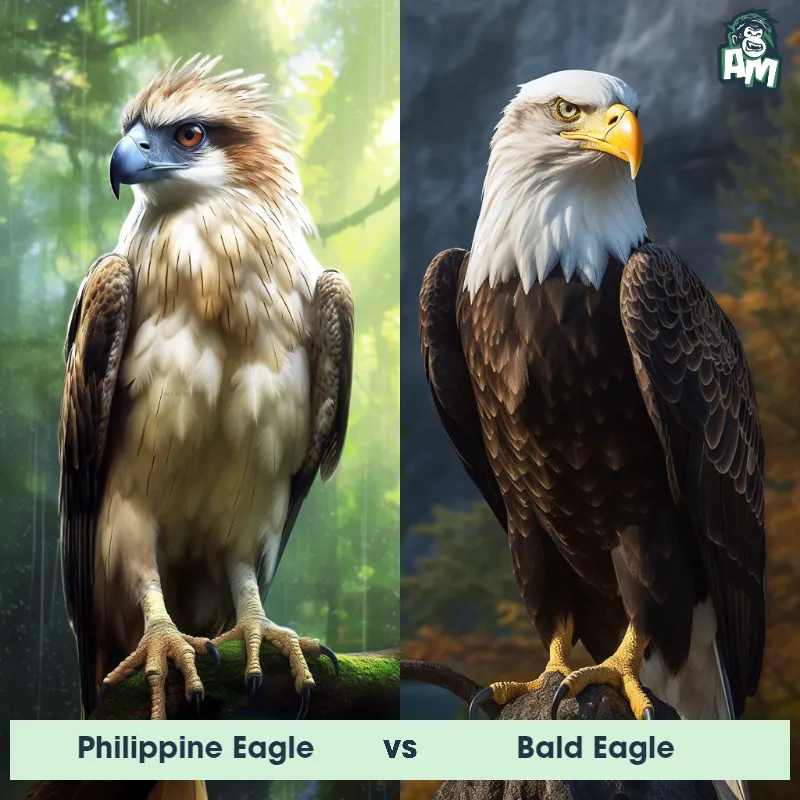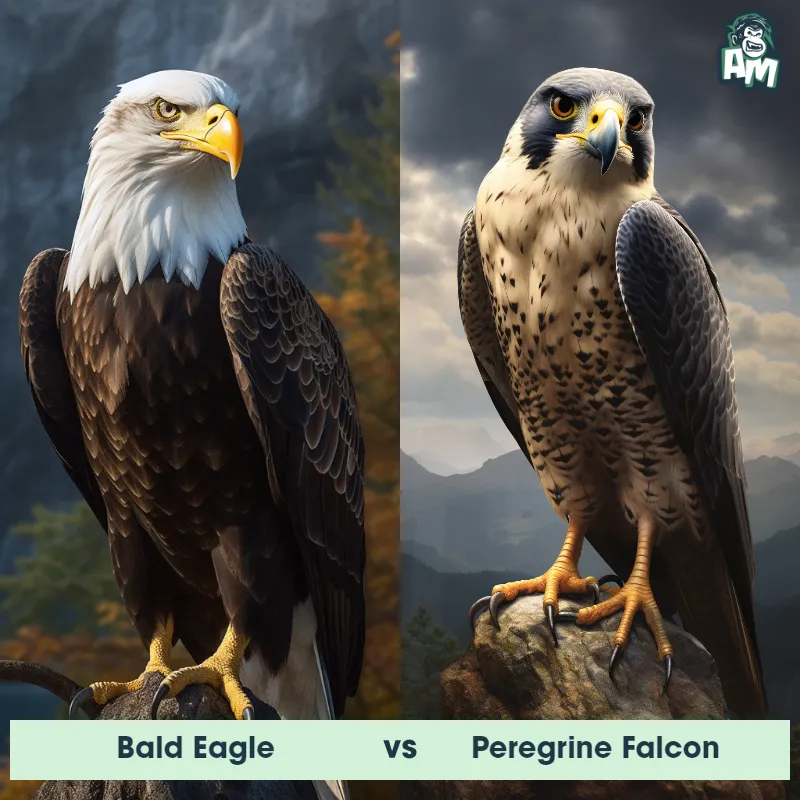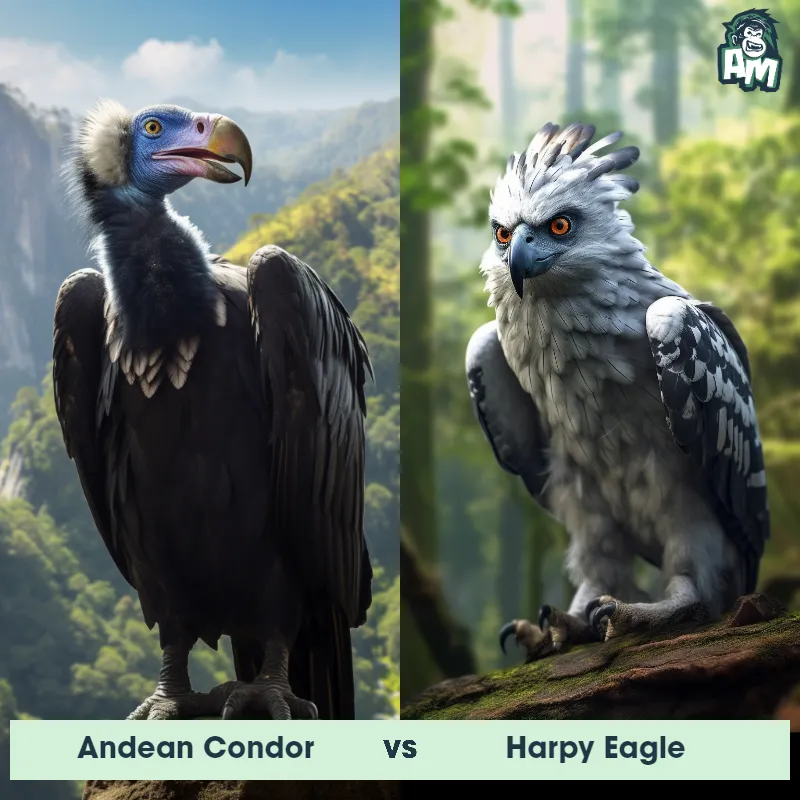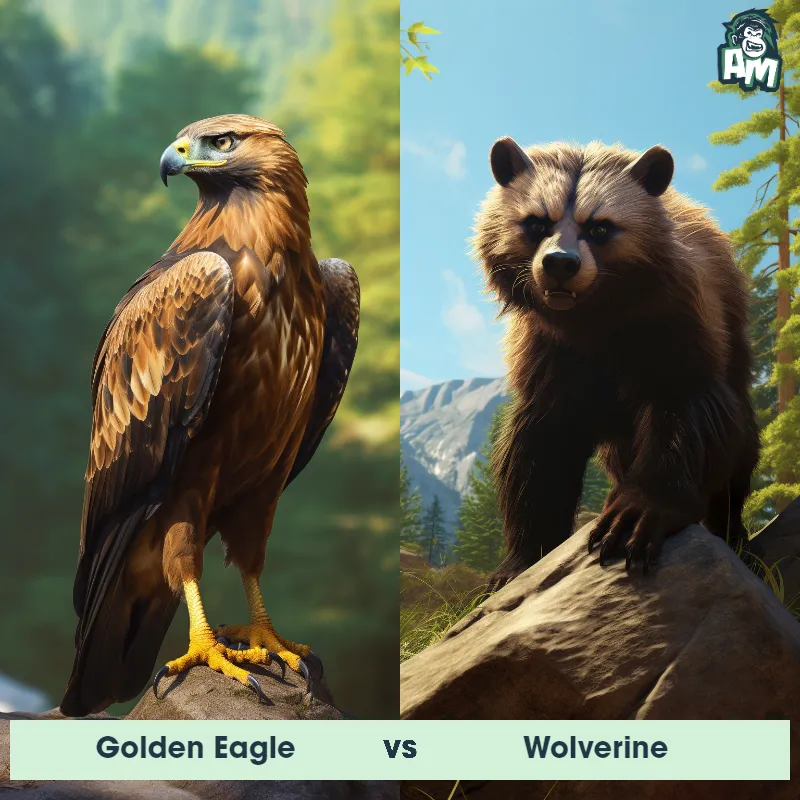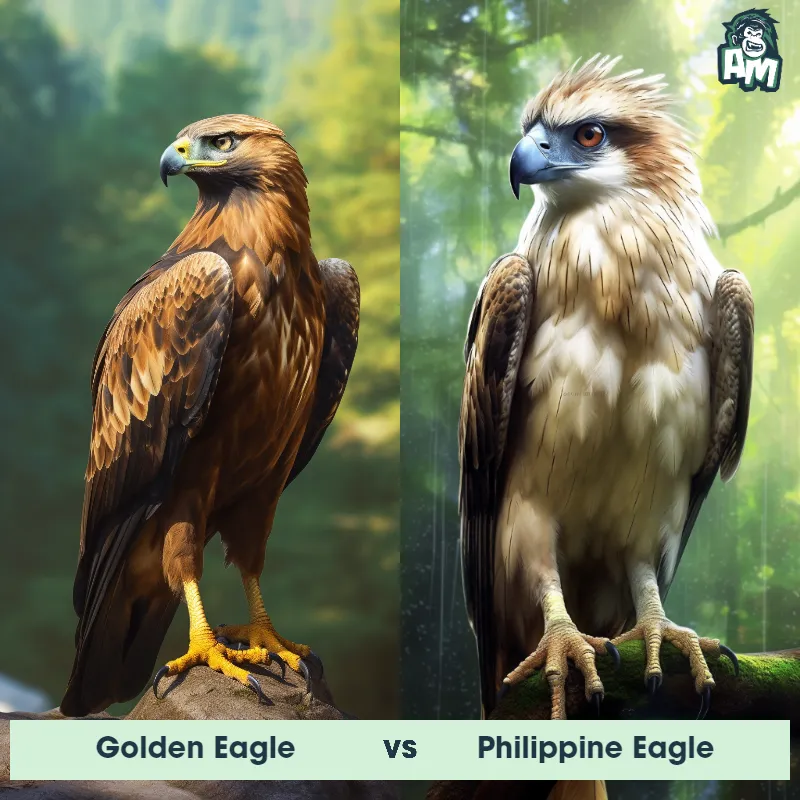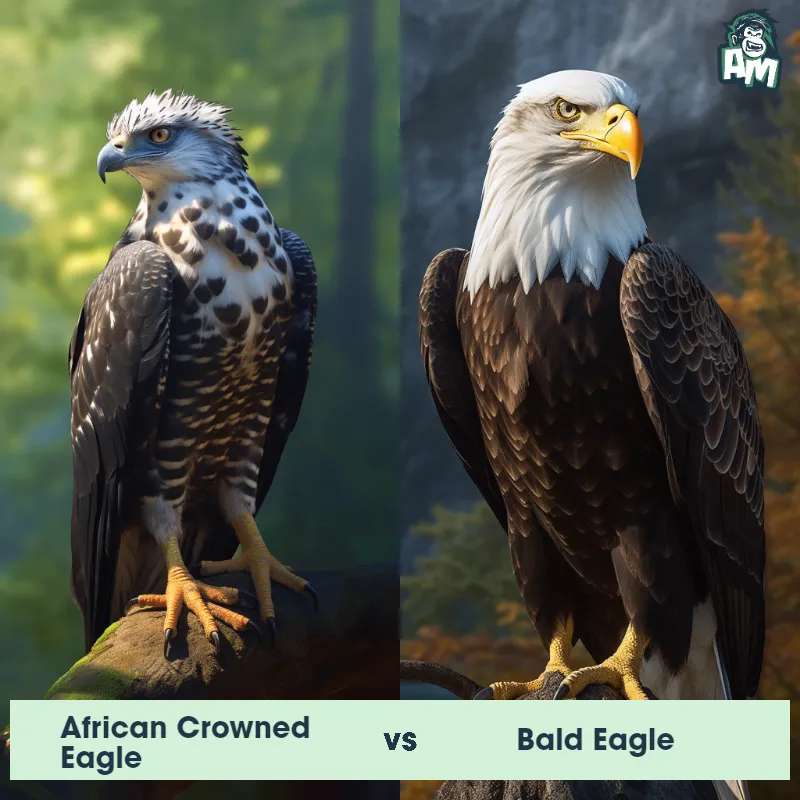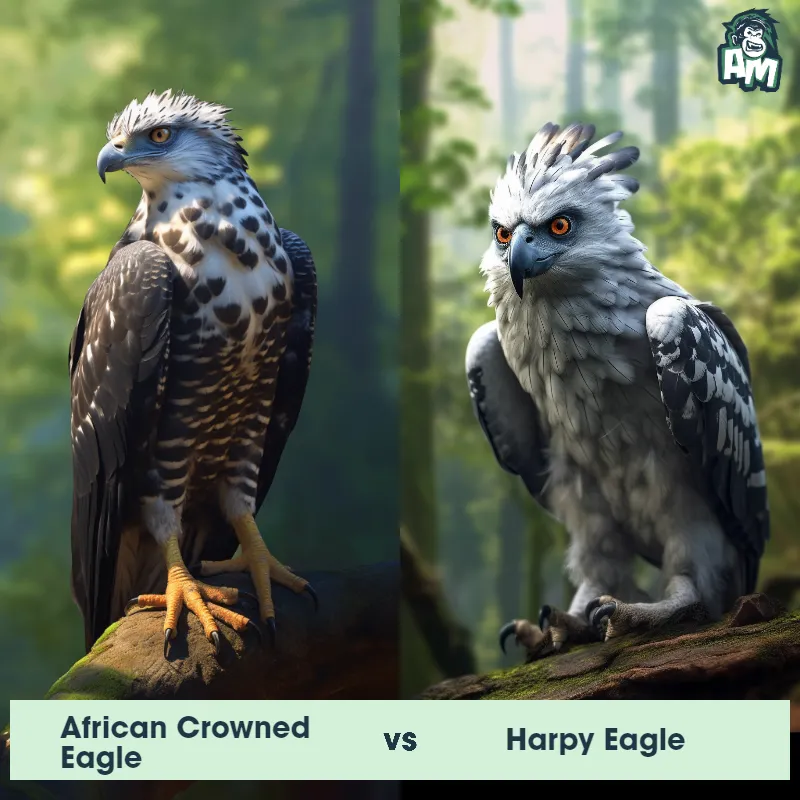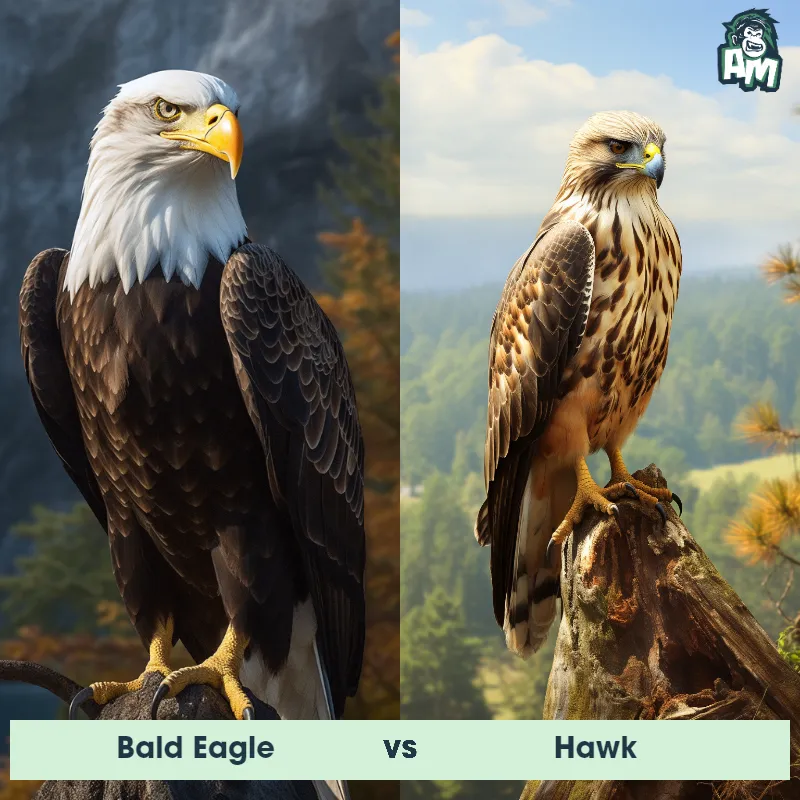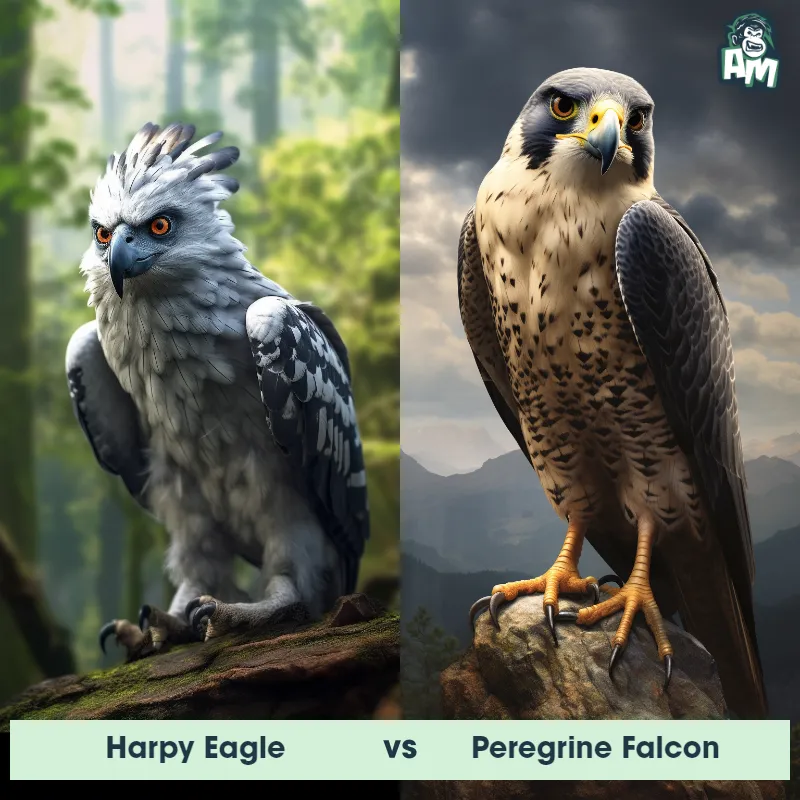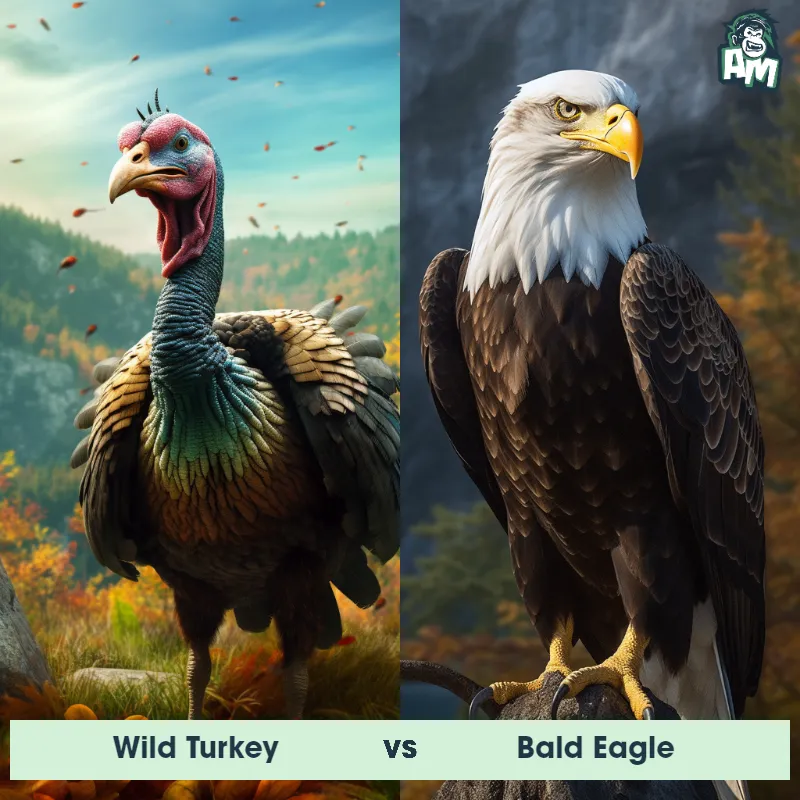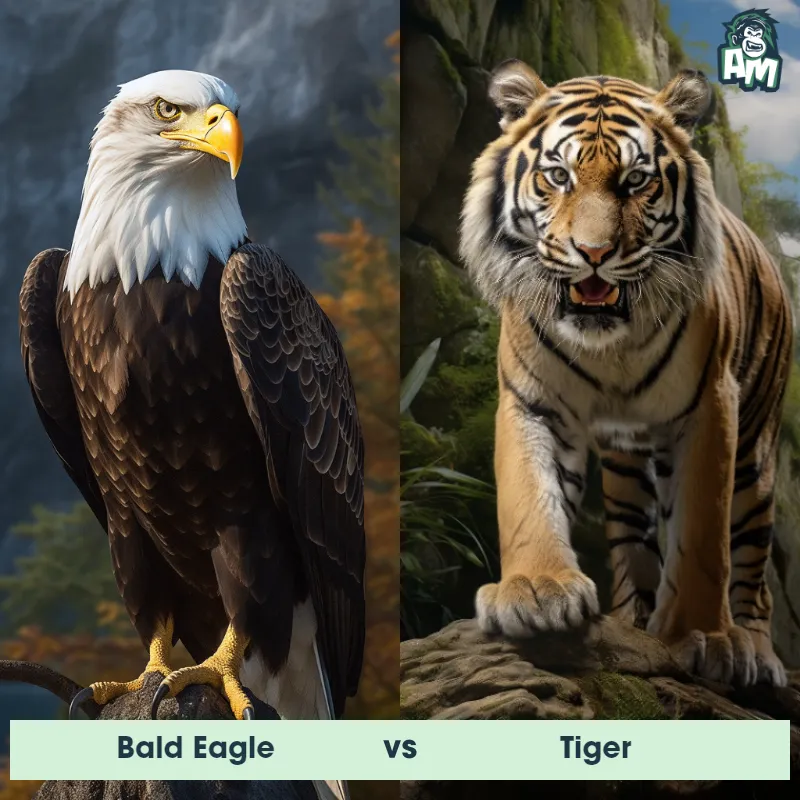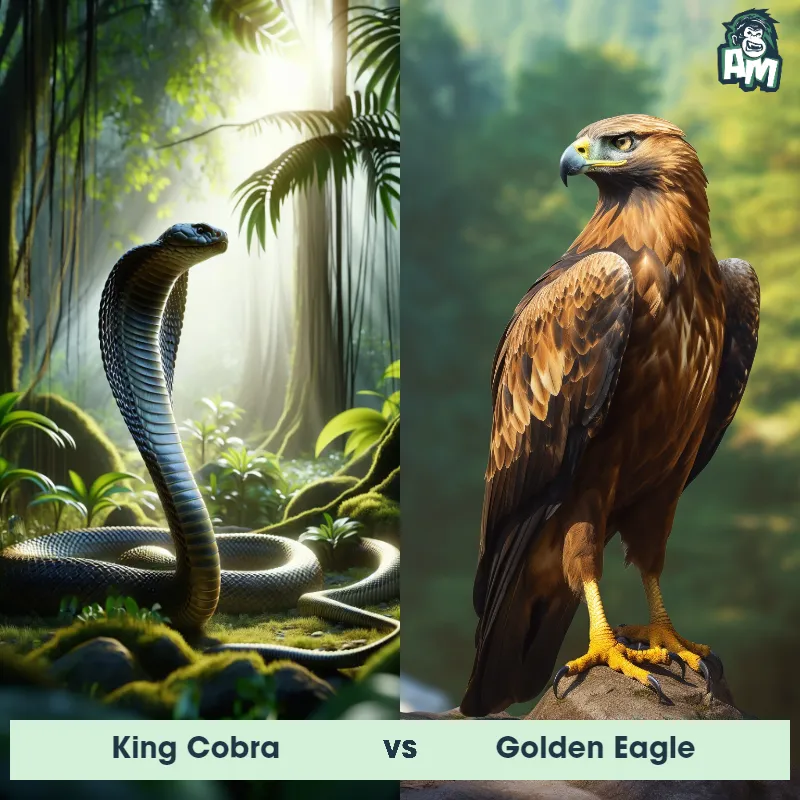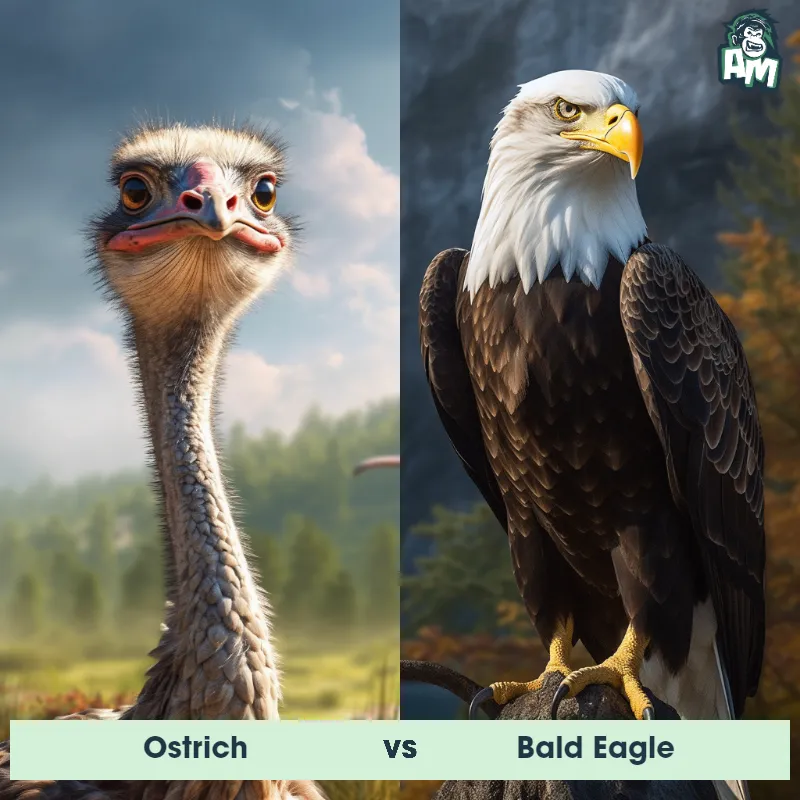King Vulture vs Lappet-Faced VultureSee Who Wins
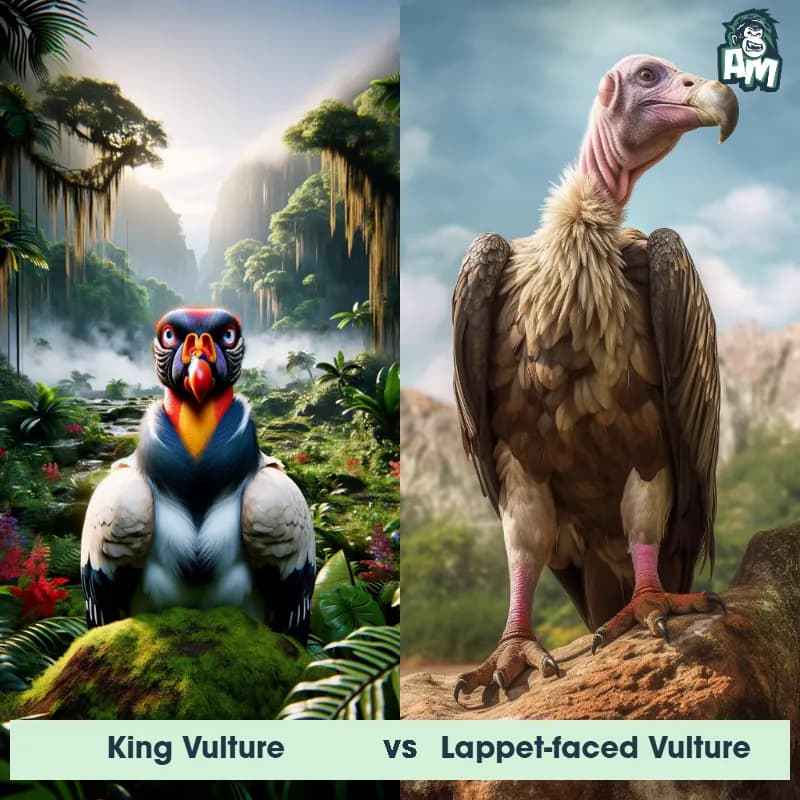
Welcome to today's fierce matchup between two powerful and majestic birds of prey. In one corner, we have the King Vulture, known for its vibrant colors and sharp beak. And in the other corner, we have the Lappet-Faced Vulture, with its impressive wingspan and intimidating presence. It's sure to be an intense battle between these two dominant avian competitors.
Contender 1: King Vulture
The King Vulture, also known as Sarcoramphus papa, is a large bird of prey found in Central and South America. It has a distinctive appearance with a bald, brightly colored head and neck, and a white and black body. Its wingspan can reach up to 6 feet, and it can weigh up to 8 pounds. The King Vulture is known for its scavenging habits and can often be found feeding on carrion.
Fun Fact: The King Vulture has a unique way of cooling off on hot days - it defecates on its own legs, which helps to lower its body temperature!
Contender 2: Lappet-Faced Vulture
The Lappet-Faced Vulture, also known as the Nubian Vulture, is a large bird of prey found in Africa. It has a wingspan of up to 2.9 meters and can weigh up to 9 kilograms. Its most distinctive feature is the fleshy lappets on its neck, which help to regulate its body temperature. The Lappet-Faced Vulture is a scavenger and feeds on carrion, often competing with other vultures for food.
Fun Fact: The Lappet-Faced Vulture has a powerful beak that can tear through tough animal hides and tendons, making it an important scavenger in the African ecosystem.
Matchup Stats
| King Vulture | Lappet-Faced Vulture | |
|---|---|---|
| Size | Up to 2.5 feet (76 cm) tall and 6 feet (1.8 m) wingspan | Up to 1.2 meters (4 feet) in length |
| Weight | Up to 8 pounds (3.6 kg) | Up to 9 kilograms (20 pounds) |
| Speed | Speed: 10 mph (16 km/hr) | Speed: 50 mph (80.5 km/hr) |
| Key Strength | Sharp talons | Powerful beak for tearing through tough animal hides and tendons |
| Biggest Weakness | Docile nature | None specified |
Current Votes
King Vulture vs Lappet-Faced Vulture
See Who Wins
View More Matches
Looking For More?
Similar Matches
Scientific Stats
| King Vulture | Lappet-Faced Vulture | |
|---|---|---|
| Scientific Name | Sarcoramphus papa | Torgos tracheliotos |
| Family | Cathartidae | Accipitridae |
| Habitat | Forests and open areas | Savannas and arid regions |
| Geography | Central and South America | Africa |
| Diet | Scavenger, feeds on carrion | Carrion |
| Lifespan | 20 years - 30 years | 40 years - 45 years |
Key Differences between King Vulture and Lappet-Faced Vulture
- Head Shape: The King Vulture has a shorter, more rounded head shape with a prominent red fleshy caruncle, whereas the Lappet-Faced Vulture has a larger, more elongated head with prominent skin folds or lappets.
- Habitat: The King Vulture is typically found in dense tropical forests, whereas the Lappet-Faced Vulture prefers arid savannas and deserts.
- Wing Shape: The King Vulture has rounded wings, while the Lappet-Faced Vulture has longer, more pointed wings for efficient soaring and gliding.
- Color: The King Vulture has a colorful plumage with hues of red, orange, yellow, and blue on its head and neck, while the Lappet-Faced Vulture has a mostly white body with black flight feathers and pinkish skin on its head.
- Bill Size: The King Vulture has a shorter, hooked bill, whereas the Lappet-Faced Vulture has a larger, powerful bill for tearing through tough animal carcasses.
- Size: The King Vulture is smaller in size compared to the Lappet-Faced Vulture.



